How to Maximize the Life of Your Produce
Want to keep your fruit and veg fresh as long as possible during quarantines? Here's how.
Updated April 13 2020, 11:35 a.m. ET
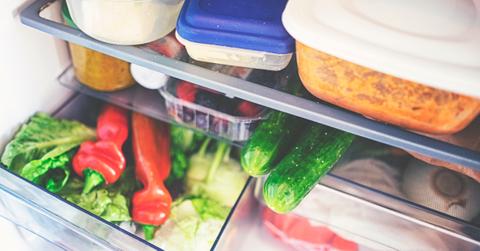
As we minimize our trips to the outside world due to COVID-19 lockdowns, it’s becoming even more important than usual to maximize the life of our produce.
If you stocked up on fruits and vegetables during your most recent grocery store trip, you may be finding yourself in over your head, with enough produce to meet your daily fiber intake goal for the next month. And for many of us, an overflowing crisper drawer means food waste is imminent — but it doesn’t have to be.
By storing your fruits and veggies the proper way, you can extend the life of your produce, ensuring that you create as little food waste as possible during the coronavirus quarantines.
In addition to storing fruits and veggies the ideal way, make sure to store all leftovers correctly as well — and if you don’t think you’ll have time to eat everything you prepared while in quarantine (and beyond), you can always freeze meals.
How to store fruits and vegetables to extend their life
Read on for the best ways to store produce.
Store these fruits on the counter until ripe.
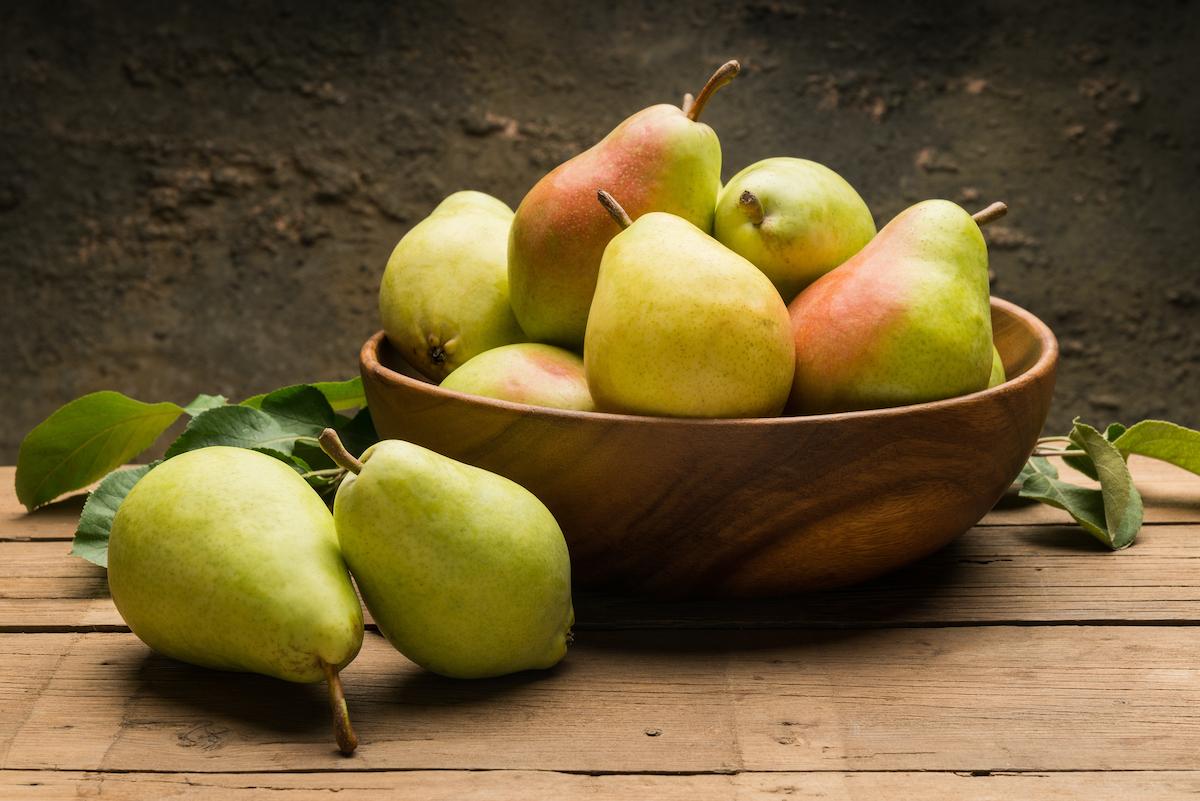
Once these ripen, it’s best to eat them right away — but you can also move them to the fridge once ripe until you’re ready to enjoy.
- Avocados
- Mangoes
- Peaches
- Pears
- Plums
- Whole melons
Store these fruits and vegetables on the counter.
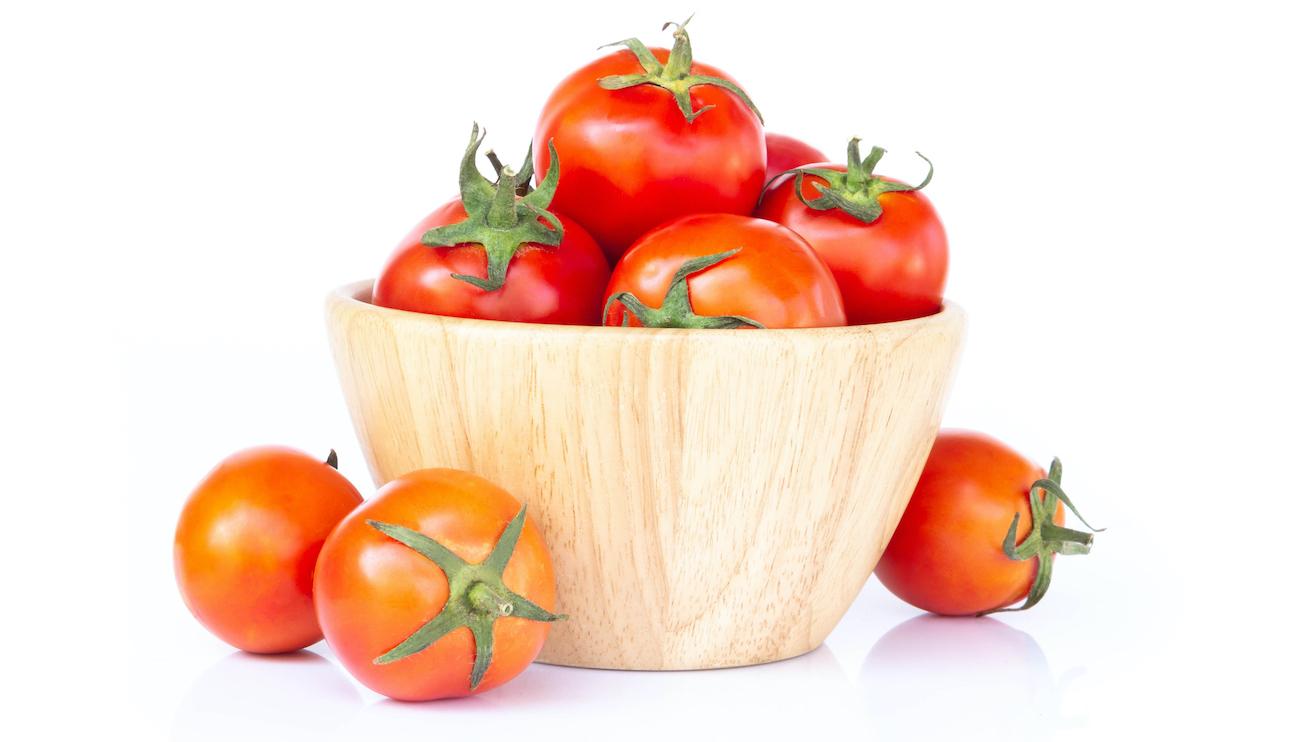
Keep these items dry, and store them in a basket or bowl on your counter.
- Potatoes and sweet potatoes (if your kitchen is on the warmer side, put these in the fridge)
- Tomatoes
- Bananas
- Lemons and limes (these can be moved to the fridge if they start softening)
Store these fruits and vegetables in a cool, dark place.
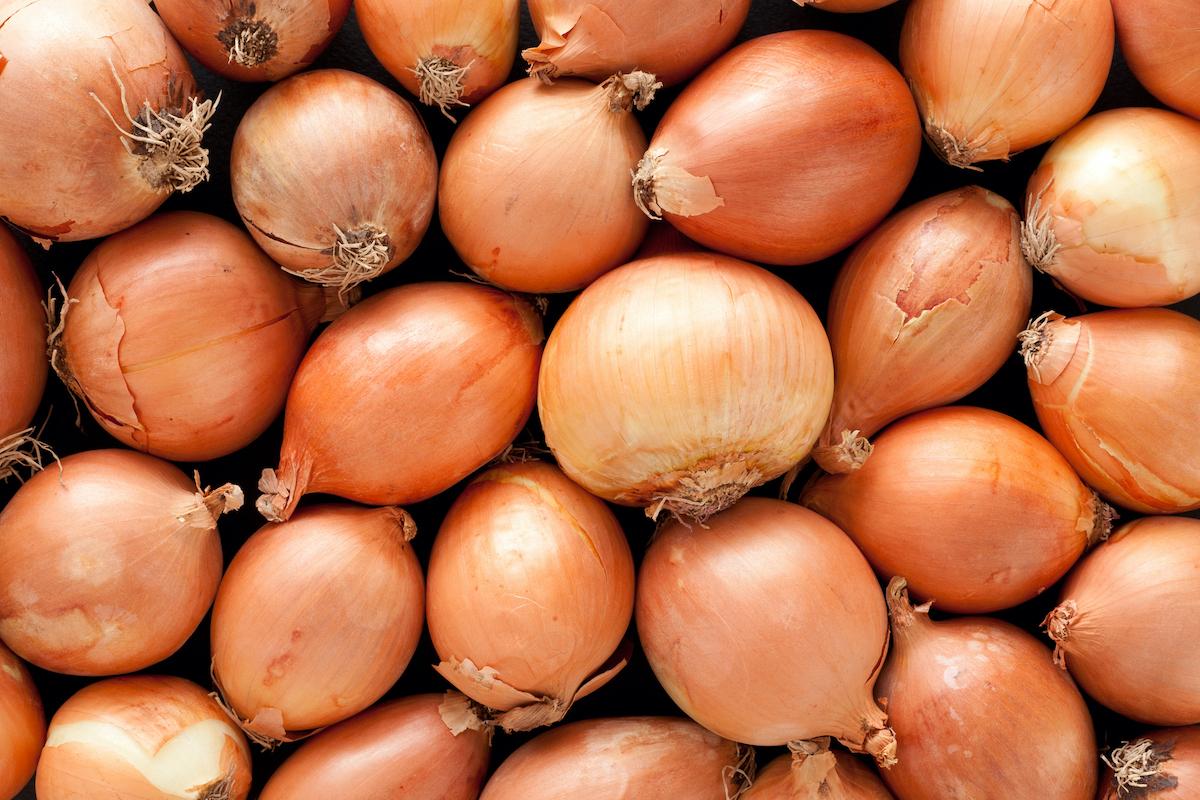
You can get away with keeping these on the counter as well, but keeping them in a dark, dry pantry can help prolong their shelf life even more.
- Garlic heads
- Onions
- Shallots
- Winter squash (such as butternut or acorn)
Store these fruits and vegetables in the refrigerator’s crisper drawer.
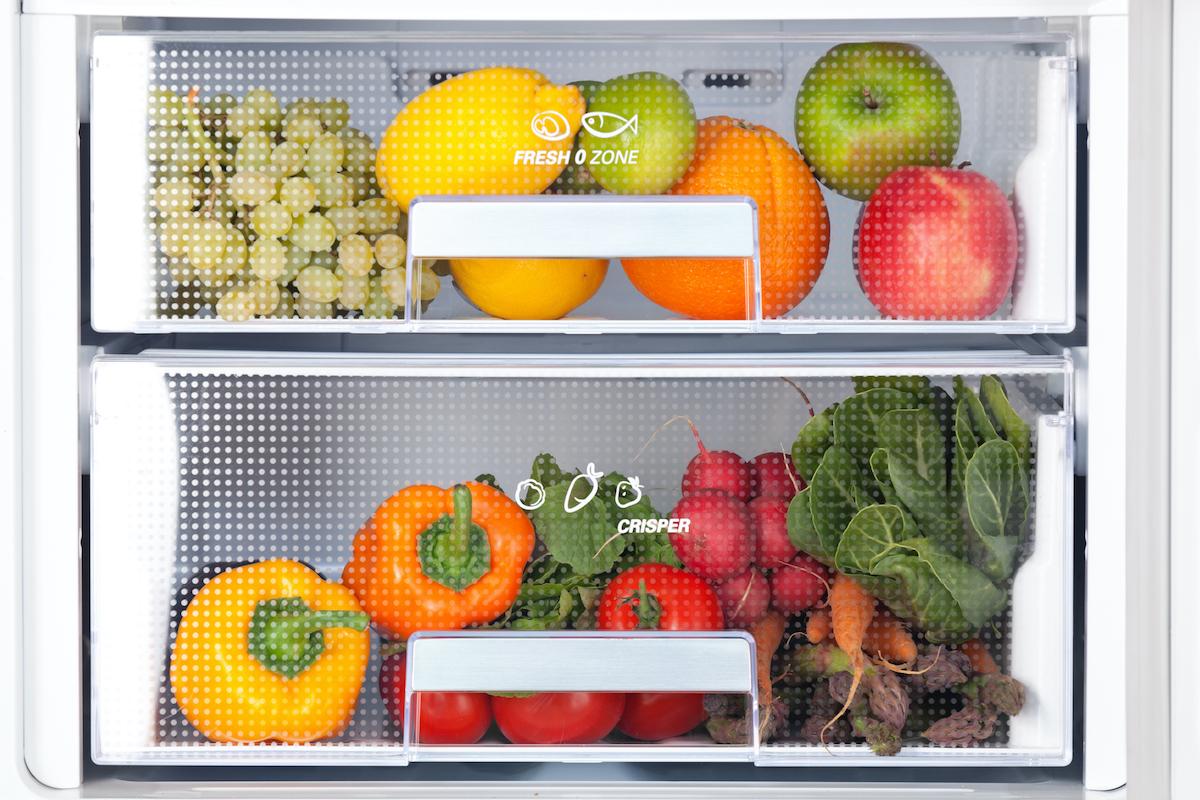
These fruits and veggies will stay freshest in your refrigerator’s crisper drawer, where there is less humidity than the rest of the fridge. Some of these items will last for a few days on the counter, but since we're trying to help everything last as long as possible right now, store them in the fridge.
- Apples
- Pears
- Carrots
- Berries
- Bell peppers
- Cherries
- Grapes
- Brussels sprouts
- Beets
- Broccoli
- Green beans
- Bok choy
- Cabbage
- Celery
- Oranges, clementines, mandarins, etc.
- Sugar snap peas
- Zucchini
- Eggplants
Keep greens dry and in the fridge to prolong their life.
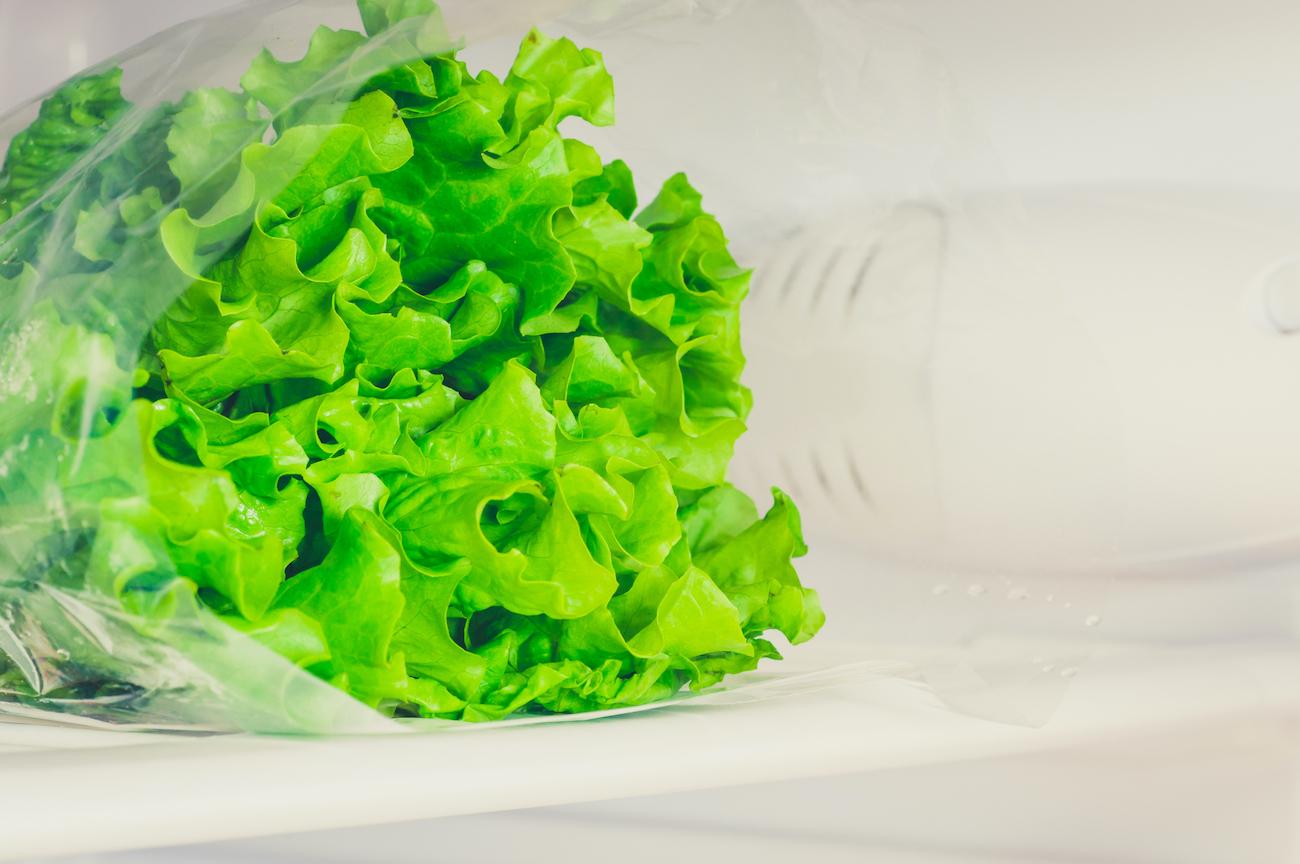
If you purchase loose lettuce, it’s recommended to wash it, dry it (here’s where a salad spinner comes in handy), put it in a bag with paper towels to absorb moisture, and keep it in the crisper drawer. You can make this process more eco-friendly by storing the lettuce in a reusable Tupperware or Stasher bag, and putting a reusable dish towel in to absorb moisture.
- Spinach
- Romaine
- Butter lettuce
- Kale
- Cabbage
- Iceberg
- Collard greens (do not wash before storing)
- Chard or Swiss chard (do not wash before storing)
Store these vegetables and herbs in a glass of water.
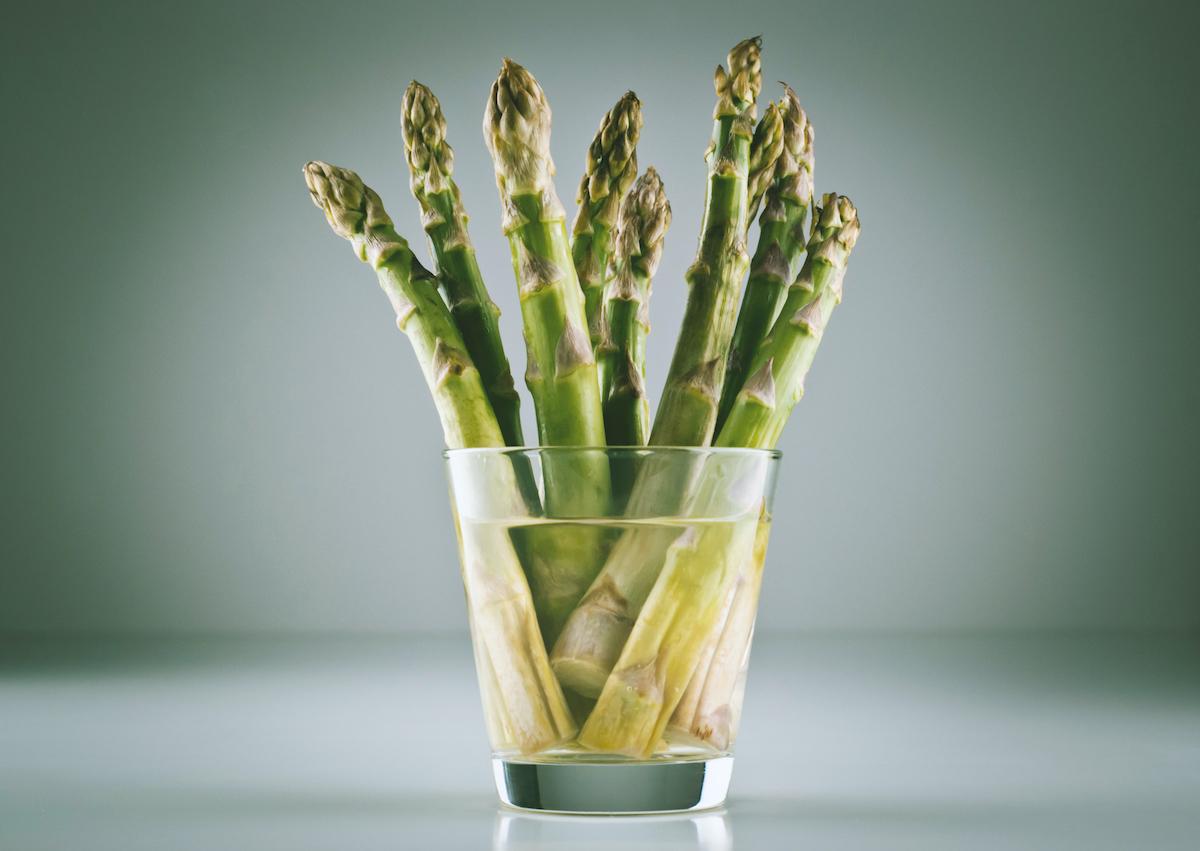
Who needs a bouquet of flowers when you have produce on hand? Store these items standing up in a glass with a bit of cold water in the fridge (and cover the top with a bag) to help them last as long as possible.
- Asparagus
- Kale
- Scallions (green onions)
- Parsley
- Cilantro
- Chives
- Basil (on the counter, not in the fridge)
Regrow scallions in a glass of water.
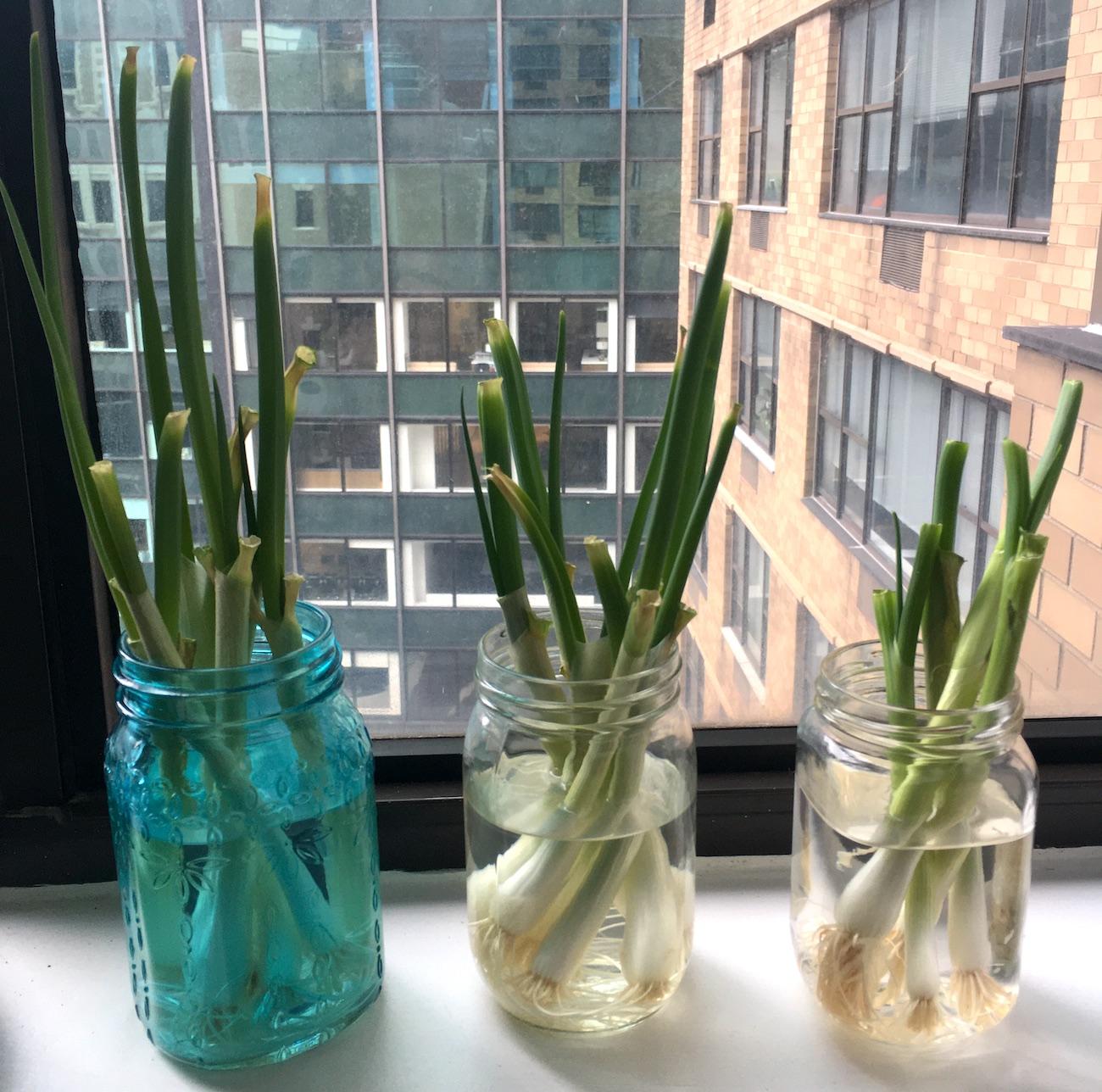
Regrowing scallions at home is way easier than it sounds! All you need to do is stand the roots of green onions up in a small jar, and cover the roots with water, leaving the top of the stalks just above the water’s surface. Keep them on a windowsill, and change the water weekly, making sure the roots are always covered.
Can you freeze fresh produce? How to freeze fruits and vegetables
If you have any produce that will go bad before you can eat it, freeze it! When freezing produce, it’s important to do so in a freezer-safe container, jar, or Stasher bag, and to do so in a way that will preserve their nutrients and flavors.
Wash and slice these fruits and vegetables before freezing.
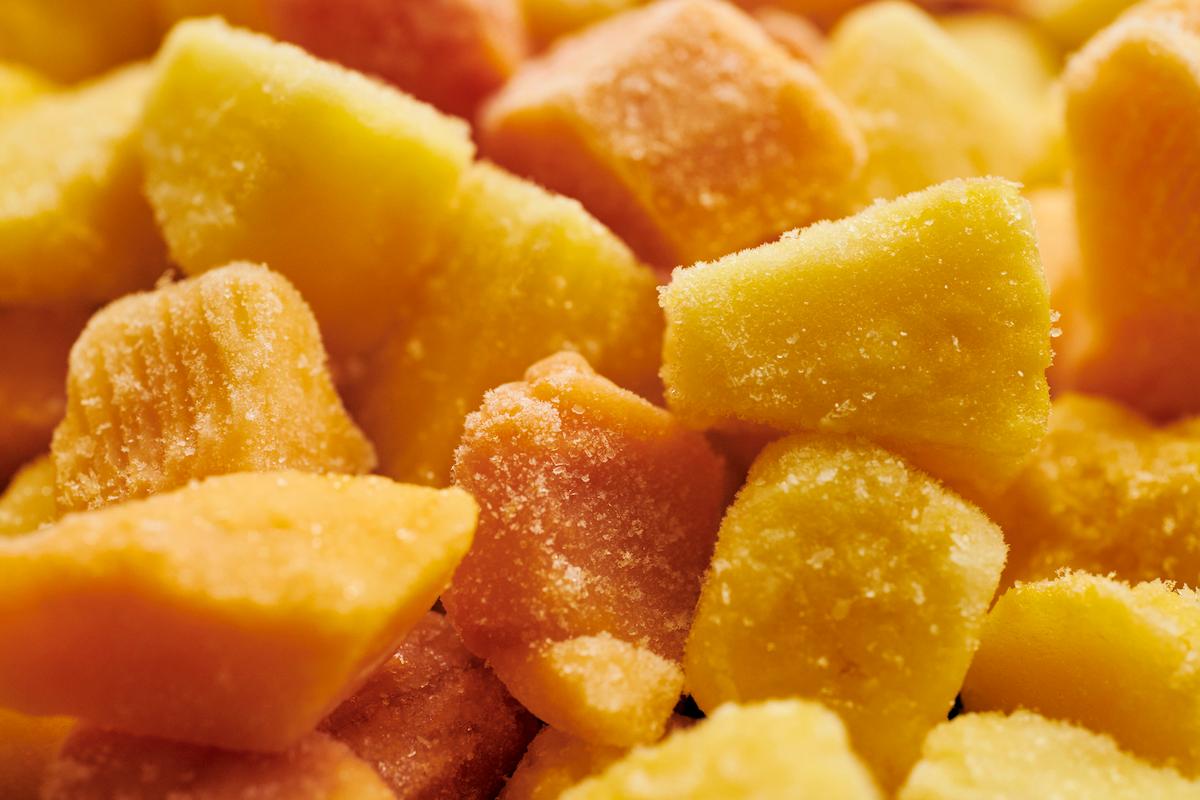
If any of the following fruits and veggies start going a bit soft before you get a chance to eat them (or if you don’t think you’ll be able to eat them before they go bad), simply wash and slice these (make sure to remove any inedible skins or pits first), and freeze them raw. Many of these make perfect smoothie additions!
Depending on what you plan to use the frozen fruit for, you may want to freeze them on a baking sheet first. Spread them out on the baking sheet, and put them in the freezer for at least a few hours, until frozen. Then, transfer the frozen chunks to a freezer-safe bag or container. This will prevent the pieces from sticking together.
- Mangoes
- Bananas (spotty or brown bananas are perfect for freezing)
- Papaya
- Berries
- Zucchini
- Cauliflower
- Garlic cloves
- Corn (minus the cob)
- Kiwi
- Scallions
- Onions
- Scallions
Blanch these fruits and vegetables before freezing them.
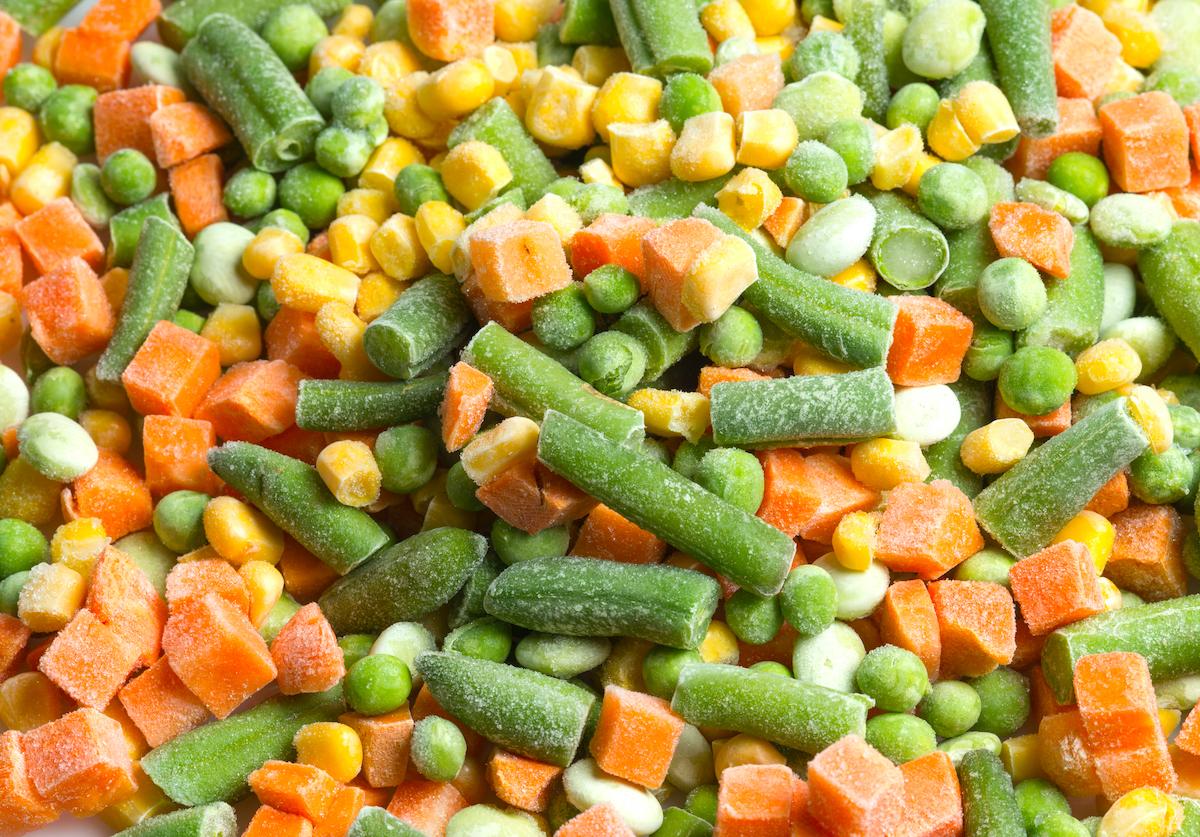
Other vegetables need to be cooked before being frozen — ideally, by blanching or pureeing them (after washing them and removing any stems or cores).
To blanch vegetables, drop them into boiling water for 2-5 minutes, then run them under cold water, then dry them before putting into a freezer-safe container.
To puree vegetables (such as potatoes or carrots), steam them and then blend them before freezing.
- Carrots
- Broccoli
- Potatoes and sweet potatoes
- Asparagus
- Okra
- String beans
- Artichoke hearts
- Brussels sprouts
- Peas
- Kale
- Chard or Swiss chard
Can fruits and vegetables to preserve them.
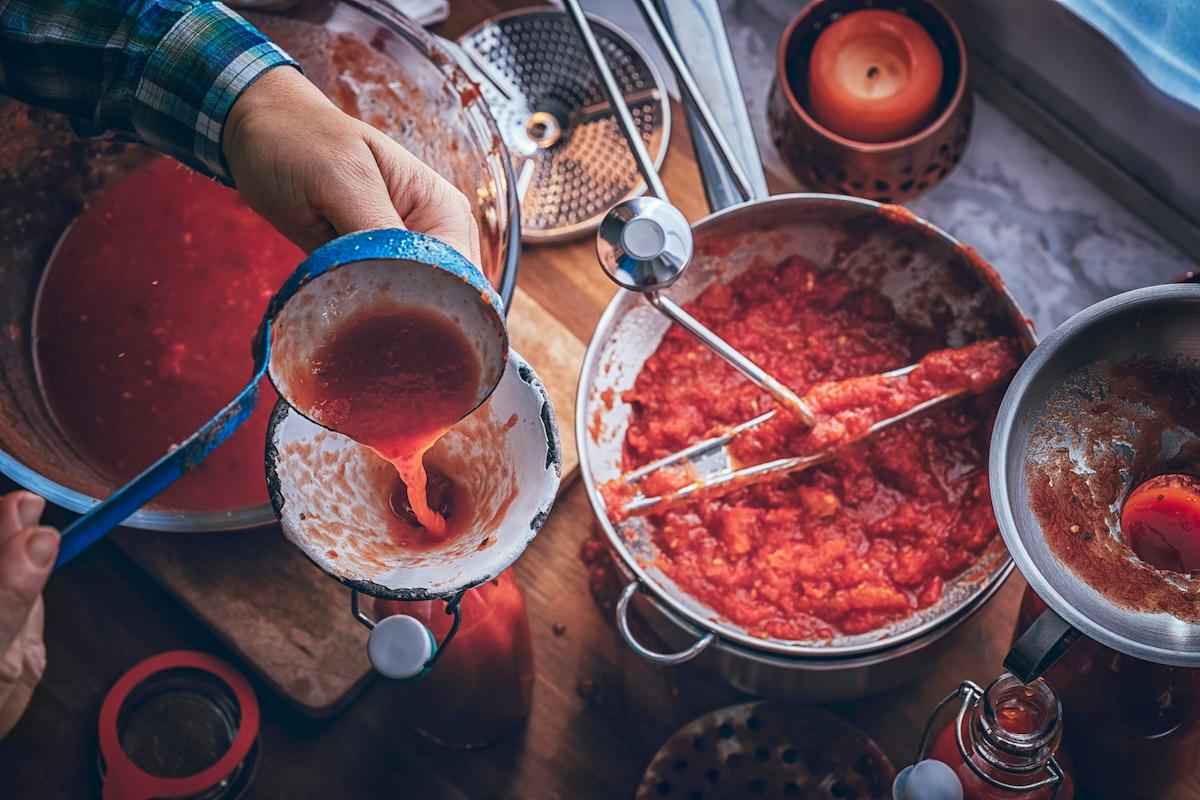
Another way to prolong the life of your fruits and vegetables is to can them. Click here for SimplyCanning’s guides on canning everything from beets to green beans to tomatoes to pumpkin.
With thousands of fruit and vegetable species in the world (though humans only eat several hundred of them on a regular basis), there are certainly a few that didn’t make it onto the above lists. For any produce that you're unsure about the best way to store or preserve, a simple Google search should help.
The best way to prevent contracting or spreading coronavirus is with thorough hand washing and social distancing. If you feel you may be experiencing symptoms of coronavirus, which include persistent cough (usually dry), fever, shortness of breath, and fatigue, please call your doctor before going to get tested. For comprehensive resources and updates, visit the CDC website. If you are experiencing anxiety about the virus, seek out mental health support from your provider or visit NAMI.org.